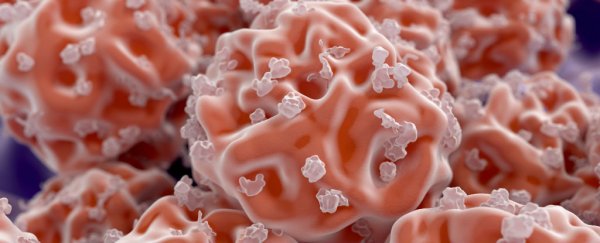An international team of researchers has developed a new algorithm that could one day help scientists reprogram cells to plug any kind of gap in the human body. The computer code model, called Mogrify, is designed to make the process of creating pluripotent stem cells much quicker and more straightforward than ever before.
A pluripotent stem cell is one that has the potential to become any type of specialised cell in the body: eye tissue, or a neural cell, or cells to build a heart. In theory, that would open up the potential for doctors to regrow limbs, make organs to order, and patch up the human body in all kinds of ways that aren't currently possible.
It was Japanese researcher Shinya Yamanaka who first reprogrammed cells in this way back in 2007 - it later earned him a Nobel Prize - but Yamanaka's work involved a lot of labourious trial and error, and the process he followed is not an easy one to reproduce. Mogrify aims to compute the required set of factors to change cells instead, and it's passed its early tests with flying colours.
"Mogrify acts like a 'world atlas' for the cell and allows us to map out new territories in cell conversions in humans," said one of the team, Owen Rackham from the Duke-NUS Medical School in Singapore. "One of the first clinical applications that we hope to achieve with this innovative approach would be to reprogramme 'defective' cells from patients into 'functioning' healthy cells, without the intermediate induced pluripotent stem cells step."
"These then can be re-implanted into patients, and should, in practice, effectively enable new regenerative medicine techniques," he added.
Mogrify draws on a database of over 300 human cell and tissue types and is able to "predict the optimal set of cellular factors required for any given cell conversion", in the words of its creators. It's applying big data and computer processing to solve the manual work that Yamanaka had previously pioneered.
In the two theoretical trials carried out so far, the algorithm was able to correctly predict the correct human cell conversion calculation at the first time of asking.
Our understanding of pluripotent cells is expanding quickly: the difficulty for scientists is in getting them to grow in the way they want, which is a problem Mogrify aims to solve. The code has been made available to other researchers and scientists and should become even more accurate over time as more data is fed into it, with team member Enrico Petretto from Duke-NUS describing it as a "game-changing" development.
The group's work has been published in the Nature Genetics.
